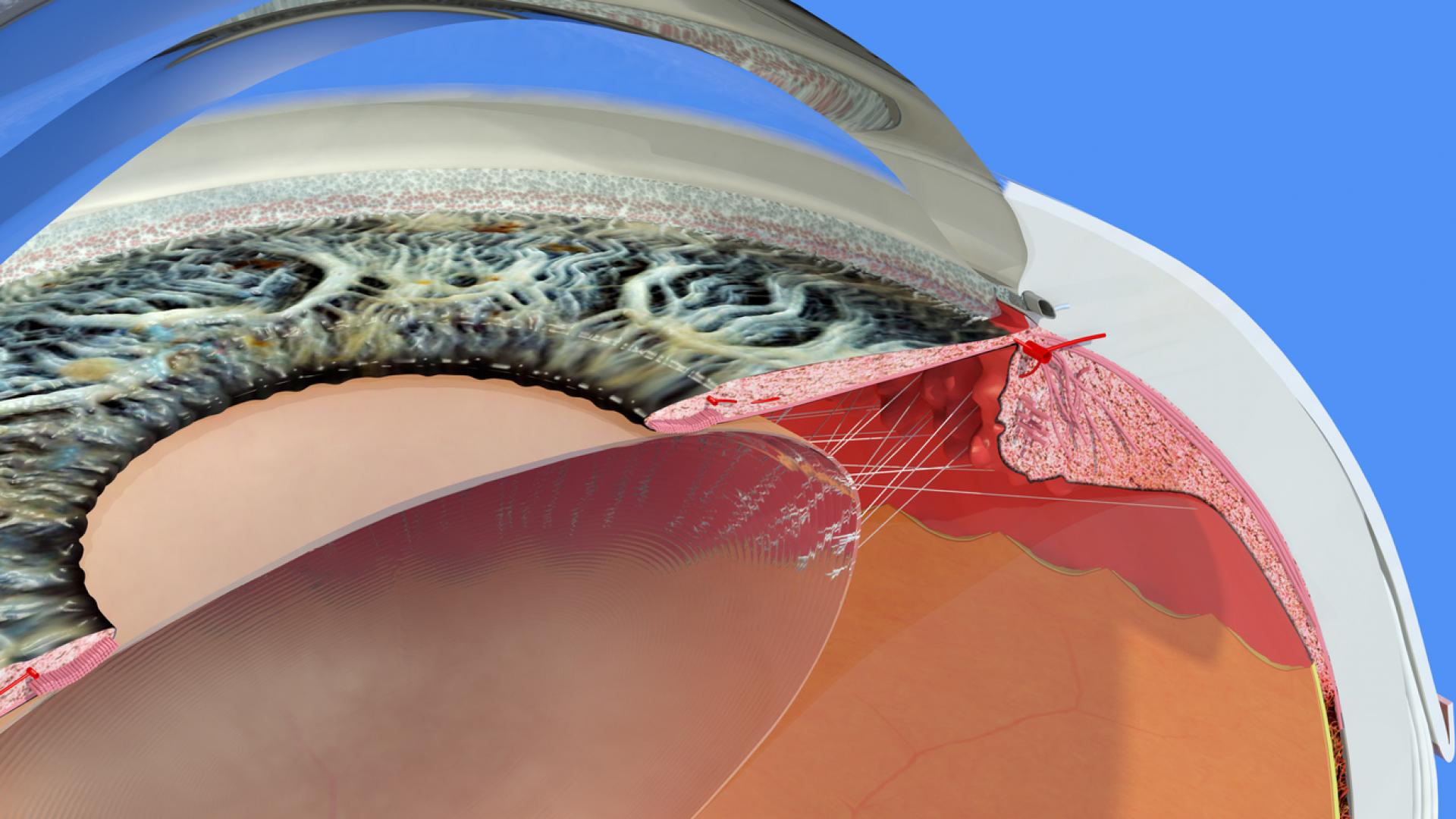Scientists Discover Key Gene Associated with Glaucoma in Humans
Written By: BrightFocus Editorial Staff



Written By: BrightFocus Editorial Staff

What: Researchers have now discovered that a gene called GLIS1 is critical to maintaining the health of tissue that regulates fluid drainage and pressure in the eye. Identifying the role of GLIS1 in glaucoma will help scientists target ways to prevent or slow down the progression of the disease.
Where: K. Saidas Nair, et al. “GLIS1 Regulates Trabecular Meshwork Function and Intraocular Pressure and Is Associated with Glaucoma in Humans,” Nature Communications, 2021
BrightFocus Connection: This work was funded in part by a grant from National Glaucoma Research, a program of BrightFocus Foundation, to Saidas Nair, PhD, at the University of California, San Francisco.
Why It Is Important: A fluid called aqueous humor bathes and nurtures the eye while maintaining proper pressure within the eye. Normally, the fluid is recycled, exiting via a drainage canal. The drainage process is regulated by a tissue called the trabecular meshwork. If the trabecular meshwork does not function properly, aqueous humor cannot drain, and eye pressure gradually increases and damages the optic nerve, a bundle of nerve fibers that relays information from the eye to the brain. Over time, this can cause blindness. Moreover, risk factors that can drive trabecular meshwork dysfunction and eventual increase in eye pressure are poorly understood.
Working with mice engineered to lack a gene called GLIS1, researchers discovered that the health of the trabecular meshwork is maintained in part by a protein product made from the GLIS1 gene. Without the protein, the tissue degenerates, disrupting the drainage process. The degeneration occurs largely within the extracellular matrix (ECM), a part of the trabecular meshwork where large molecules link together to and reinforce the structural integrity and functionality of this drainage pathway.
The researchers monitored the activity of genes within the cells of the trabecular meshwork and discovered that while the GLIS1 protein impacts processes and genes related to the ECM, it also affects numerous other genes previously implicated in trabecular meshwork dysfunction and increased eye pressure. This led the researchers to propose that the GLIS1 protein acts on a set of genes, rather than one particular gene, and may thus affect the trabecular meshwork in numerous ways. Most importantly, they have detected significant association between common genetic variants in GLIS1 and human glaucoma, thereby supporting the role of GLIS1 as a glaucoma risk gene. Their discoveries provide new insights into the origin of glaucoma and may lead to new treatment approaches.
BrightFocus Foundation is a premier global nonprofit funder of research to defeat Alzheimer’s, macular degeneration, and glaucoma. Through its flagship research programs — Alzheimer’s Disease Research, Macular Degeneration Research, and National Glaucoma Research— the Foundation has awarded nearly $300 million in groundbreaking research funding over the past 51 years and shares the latest research findings, expert information, and resources to empower the millions impacted by these devastating diseases. Learn more at brightfocus.org.
Disclaimer: The information provided here is a public service of BrightFocus Foundation and is not intended to constitute medical advice. Please consult your physician for personalized medical, dietary, and/or exercise advice. Any medications or supplements should only be taken under medical supervision. BrightFocus Foundation does not endorse any medical products or therapies.
